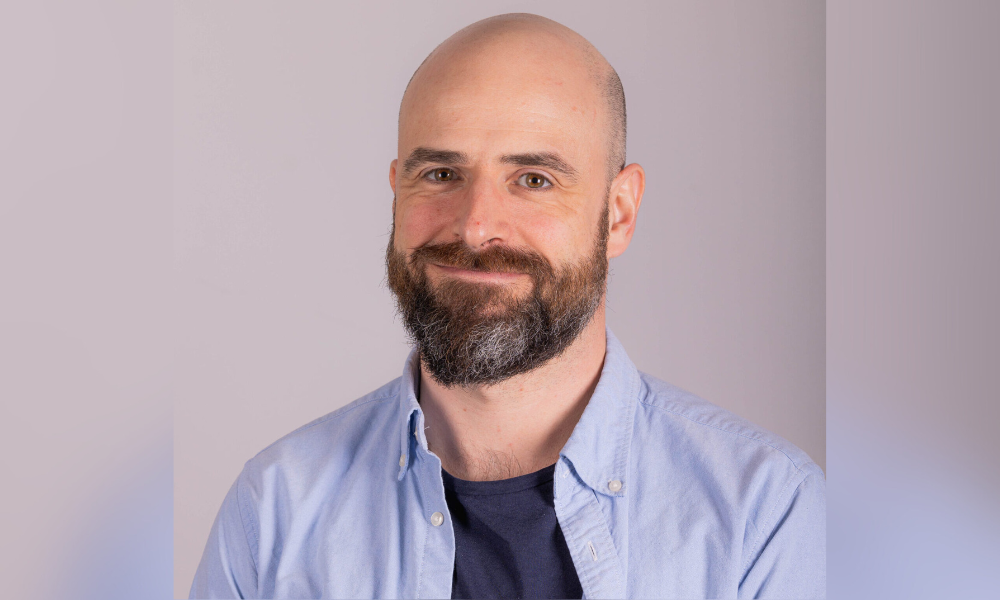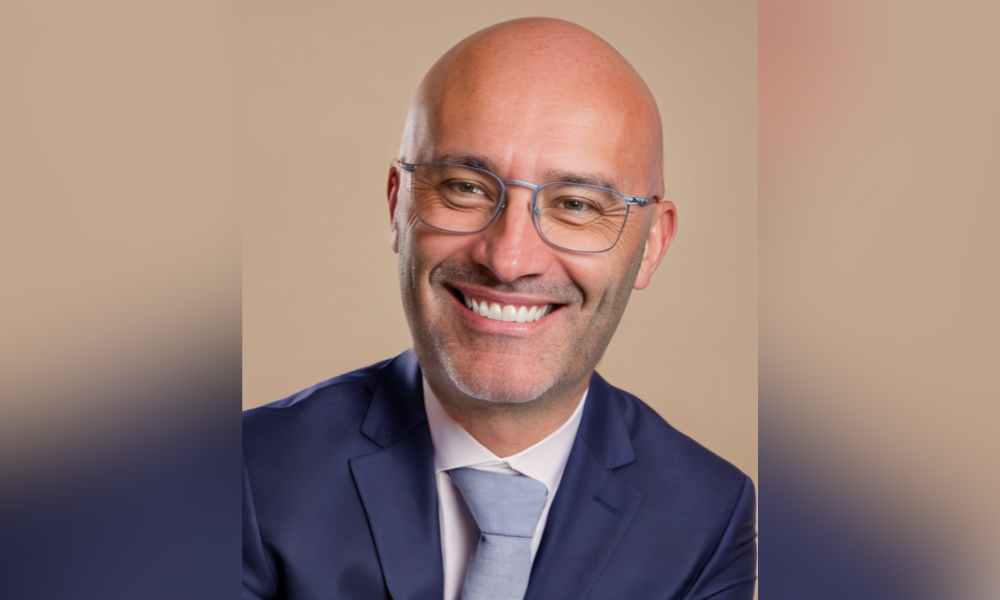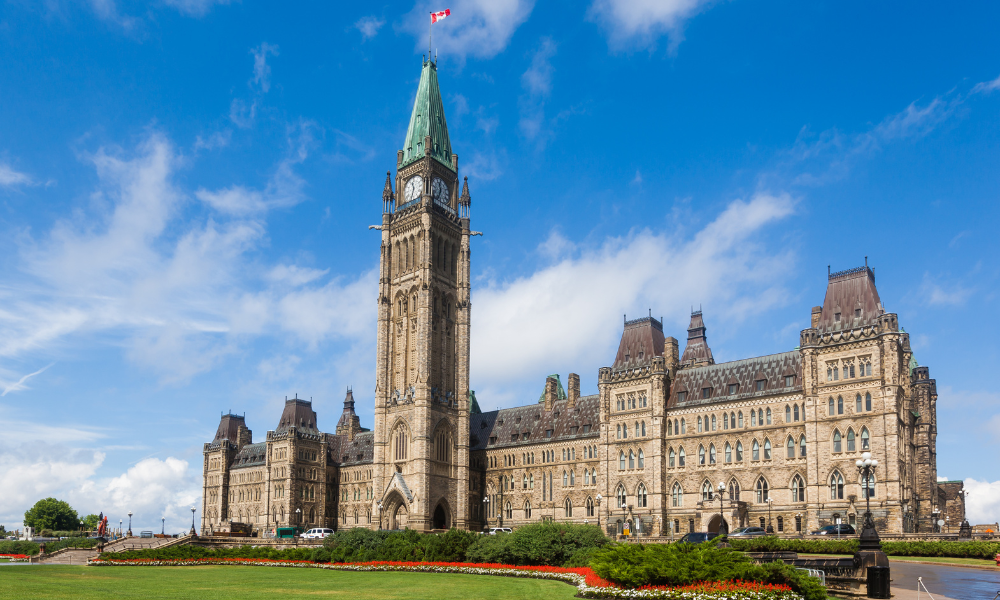The latest advice on masks, surface cleaning, plexiglass dividers and air ventilation

It’s been over 18 months since the COVID-19 virus first took hold and spread alarmingly around the globe. From the start, there was confusion and panic, and not a lot of information about the deadly disease.




